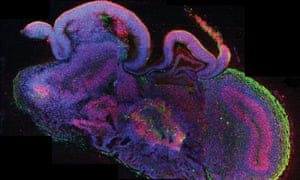| Albert Kligman |
The Chronicle of Higher Education
Originally published Nov 8, 2019
Here is an excerpt:
What the university sites don’t mention is how Retin-A and Renova, an anti-wrinkle variation of the retinoic acid compound, were derived from substances first experimentally applied by Kligman’s research team to the skin of inmates at Holmesburg Prison, then a large facility in Philadelphia.
From the 1950s into the 1970s, the prison served as Kligman’s “Kmart of human experimentation,” in the words of Allen M. Hornblum, an author who exhaustively documented the Penn researcher’s projects at Holmesburg in his books Acres of Skin (1998) and Sentenced to Science: One Black Man’s Story of Imprisonment in America (2007).
Colleges are questioning the morality of accepting research funds from Jeffrey Epstein, who was accused of sexually molesting young girls, and the Sacklers, makers of OxyContin.
They are searching their souls over institutional ties to slavery and Jim Crow-era exploitation.
Hornblum and others have asked for decades whether Penn should be honoring Kligman, and Hornblum and Yusef Anthony, the former inmate whose story Hornblum tells in Sentenced to Science, will ask again in a lecture at Princeton next month. The current ethical climate amplifies their question.
The university’s president, Amy Gutmann, and a Penn colleague, the bioethicist Jonathan D. Moreno, recently published a book on bioethics and health care. “They are advising the world on all of these different issues,” Hornblum says, “but they don’t know what’s going on on their own campus? They don’t know it’s wrong?”
Penn says it “regrets the manner in which this research was conducted” and emphasizes the university’s commitment to research ethics. But it has given no indication that it plans to take any action regarding the lectureship or the university’s portrayal of Kligman.
Kligman, who died in 2010, defended his work by saying that experiments on prisoners were common at the time, and he was right. But, Hornblum says, the scale and duration of the Holmesburg experiments stood out even then.
The info is here.

